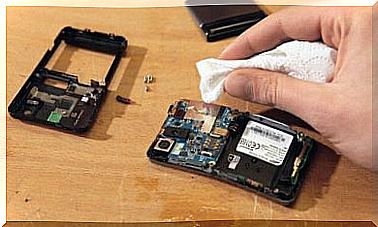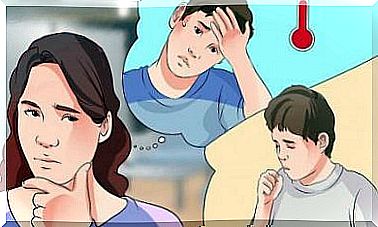Respiratory Diseases Of The Newborn
Respiratory diseases in babies can be life threatening. An early diagnosis can prevent this from happening.
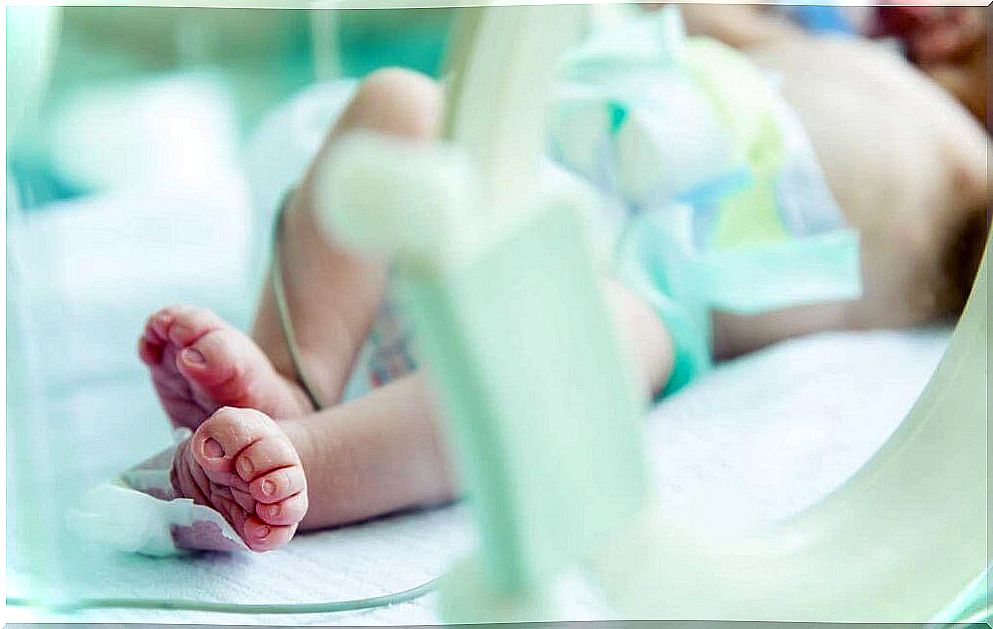
Babies are especially vulnerable to certain diseases. Therefore, early care will allow effective diagnosis and treatment to control problems such as respiratory diseases of the newborn.
According to the Respiratory Disorders in the Newborn study, respiratory problems are quite common in newborn babies. Something that may surprise us at first.
These newborn respiratory diseases need early attention as they can be life threatening. Today we will discover some of the most common and how they can be treated.
Respiratory diseases
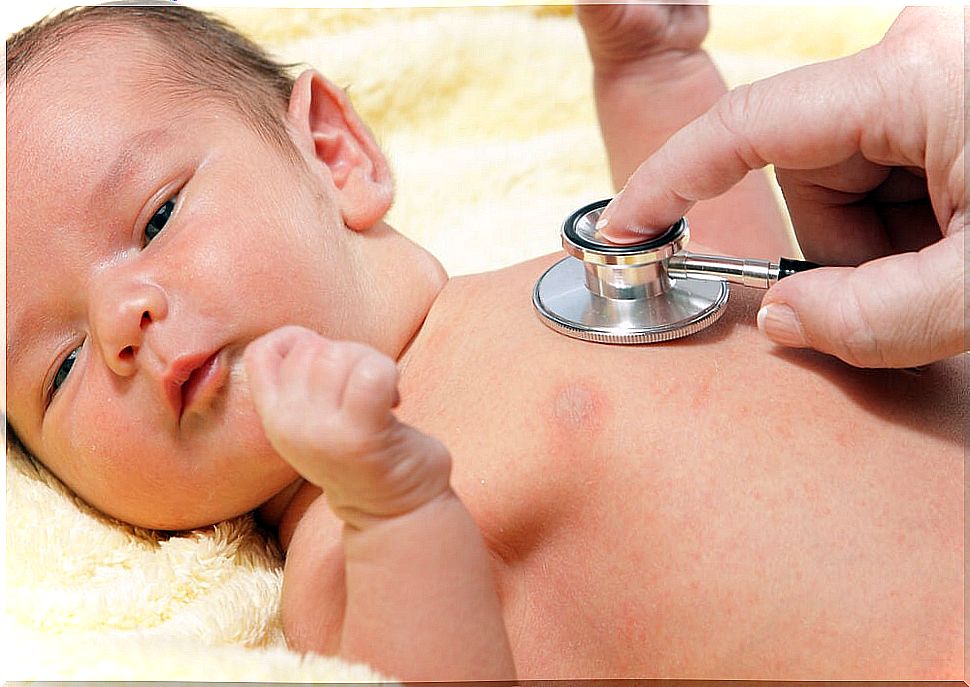
Respiratory diseases of the newborn are sometimes known as respiratory distress in the neonate. Some may have their origin in infectious causes or congenital anomalies.
In order to treat some of the most common respiratory diseases in newborn babies, we will rely on the study carried out by Dr. César Alberto Orozco: Respiratory diseases in neonates .
Interstitial lung disease
This first of the respiratory diseases of the newborn can affect an entire lung or only a part. The problem is that an irreversible rupture of the alveolar partitions occurs, causing the air to disperse. This occurs spontaneously, usually in newborns receiving ventilatory therapy. Sometimes it appears in babies who weigh much less than recommended for their health.
The most commonly used treatment is to place the newborn on its side (the one with the affected lung) to collapse it and promote healing. An endotracheal tube may also be inserted into the unaffected lung so that the other can heal.
Pneumothorax
This second respiratory diseases newborn s Uele have higher incidence in preterm infants. The problem is that air is trapped in the peribronchial spaces, compressing the airways. This trapped air usually escapes into the area between the lung and the chest wall, known as the pleural space. Given this, the newborn usually has a bluish skin color, called cyanosis.
This disease is an emergency, since the chances of the newborn dying are quite high. The solution is usually to insert a catheter into the baby’s chest to remove the air that has escaped into the pleural space.
Transient tachypnea
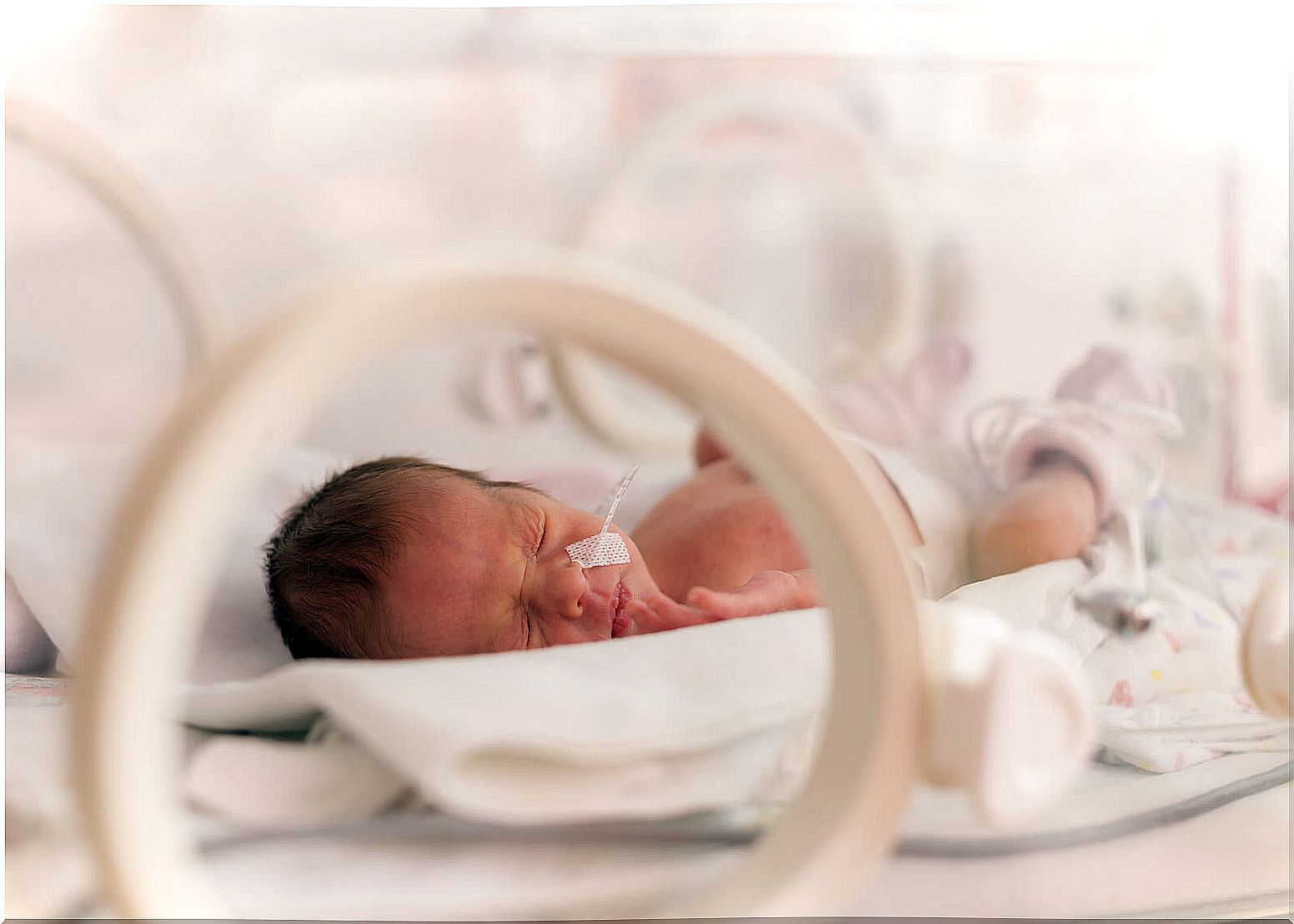
This third of the respiratory diseases of newborns is short-lived, less than 24 hours. As in the previous case, the baby may have blue skin and this is due to the fluid that is still in his lungs.
Although a large part of this fluid is eliminated by the baby by breathing, sometimes newborns by caesarean section or premature babies may have difficulties to eliminate it quickly.
Treatment is usually constant monitoring and supplying oxygen to the newborn. Rapid breathing will be a feature present in this disease. During treatment, the baby will need to receive fluids and nutrients through an IV.
Other respiratory diseases of the newborn
We have talked about three quite different respiratory diseases of the newborn. However, due to the amount of problems of this type that there may be, we are going to summarize other diseases that may be present in the newborn.
- Congenital tracheomalacia : The trachea does not develop properly and is weak and sagging. Babies often make breath sounds. It usually improves by 18 months.
- Congenital bronchiectasis – The airways widen due to infection or from inhaling a foreign body. It is often complicated and treatment is aimed at treating infections that are often recurrent. In most cases, this injury is irreversible.
- Pulmonary hypoplasia : alters lung development by inhibiting the branching of the airways and arteries. This causes respiratory distress that, many times, causes the death of the baby. It is quite a rare disease.
- Congenital pneumonia : The lung tissue becomes inflamed and causes the death rate to be quite high. However, early antibiotic treatment can prevent the baby from dying.
These are some of the respiratory diseases that newborns can suffer from. Early diagnoses will always be important for quick action. The medical team will carry out the pertinent tests to evaluate the most appropriate treatment.




